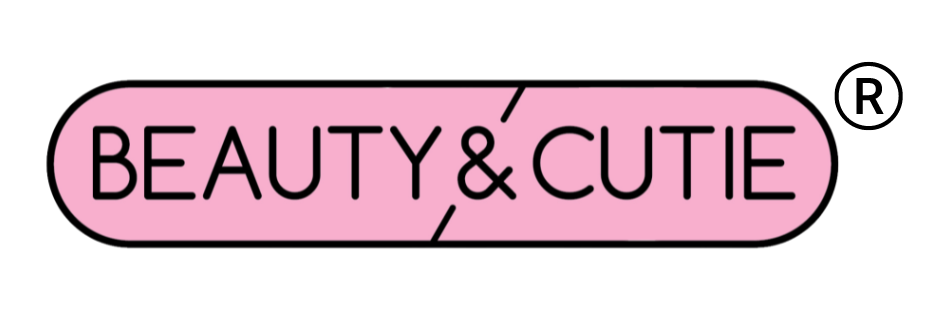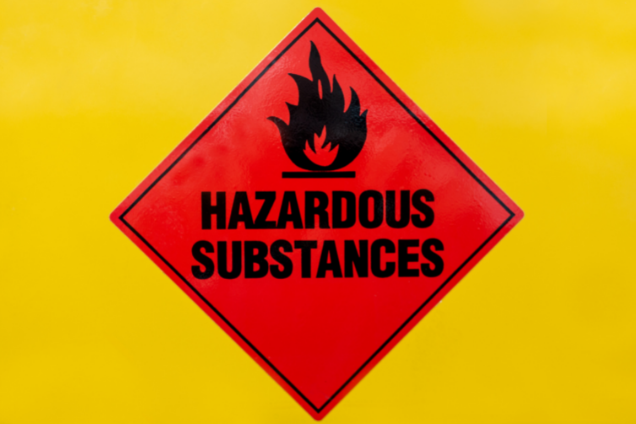In today’s article, we ask ourselves a somewhat different type of question. That is, what foods and dietary supplement additives are banned in Europe but are still used in the US? We will also try to clarify why this is the case, as one might logically think that a substance that is known to be a carcinogen in Europe would also be a carcinogen in the US. But the thinking is different within governments on either side of the Atlantic Ocean.
Let’s try to get clarification on the reason for this first. When it comes to the evaluation of additives and chemicals for use in foods, the approach Europe takes is more precautionary. The EU will evaluate just on the possibility alone that a certain additive could be potentially harmful, whereas the US will give additives a bit more runway and rather than looking at the mere possibility of harm, they will focus more on the likelihood or probability that the particular ingredient in question could lead to harmful effects. Another major difference relates to the power of food industry lobbyists in Washington. Their combined voice can have a large effect on food regulation and policy decisions made by the government. This lobby is not as strong in Europe.
Furthermore, the EU food chemical review system had implemented a policy where they re-evaluate all food chemicals regardless of when they were first approved, with the logic being that since the field of toxicology and testing is continually evolving and improving, chemicals that were deemed safe years ago should be re-evaluated. Though the US Environmental Protection Agency (EPA) recently revised its Toxic Substances Control Act to test chemicals before they are put on the market, it did not really account for the lengthy lists of additives that are already being used. So with that bit of background, let’s get on with the list of some of the more common additives that you will find still being used in the US, but not in Europe.
Titanium Dioxide
This additive is often found in baked goods, soups, sauces and sandwich spreads as a food coloring but can also be found in cosmetics and medicines. It can build up in your body over time as it is not excreted particularly well. Though the regulators in the EU could not find conclusive evidence on the toxicity of titanium dioxide, they were also unable to eliminate the concern that the substance could possibly damage our DNA and lead to carcinogenic effects.
Azodicarbonamide (ADA)
This compound is used as a dough conditioner for bread baking and as a whitening agent in cereal flour. The potential for harm occurs when the bakery items containing this substance are baked, producing the two reaction products, semicarbazide and urethane. While the former does not appear to pose any significant risks to humans, the latter is a known carcinogen.
Potassium Bromate
Another additive commonly found in baked products to increase their volume and improve their texture. It has been banned in most countries except for the USA and Japan. Though most of the bromate will be quickly converted to harmless bromide during the baking process, trace amounts of bromate will remain in the baked product. And that is the concern, as bromate has been identified as a potential carcinogen.
Butylated Hydroxyanisole (BHA) and Butylated Hydroxytoluene (BHT)
These compounds act as preservatives for foods that contain fats or oils, but can also be found in lipsticks, moisturizers and other cosmetics. You may recognize these from our previous blog on toxic ingredients to avoid in your skincare products. There are several areas of concern with these compounds – they can induce allergic skin reactions, are possible carcinogens and can interfere with hormone function.
Color Dyes (Yellow No. 5, No. 6, Red No. 40)
As the name suggests, these substances are used as food dyes, often used to give consumers the false impression that real fruits or vegetables are contained in the product in which they are used. Evidence does exist that these dyes may have a link to behavioral changes or hyperactivity in children, and children are usually the most often exposed to these dyes. In fact, the Office of Environmental Health Hazard Assessment of the California Environmental Protection Agency believes the federal guidelines for safe levels of synthetic food dyes are insufficient to protect the behavioral health of children and called into question whether these guidelines, based on studies more than 35 years old, should be re-evaluated. This fact also provides a splendid example of the issue of re-evaluation of previously approved compounds that we alluded to earlier when comparing the regulatory processes between the EU and the USA.
Brominated Vegetable Oil (BVO)
As the name suggests, BVO is a vegetable oil to which small amounts of bromine have been added. It was once fairly commonly found in citrus-flavored soft drinks to prevent the citrus flavoring from floating to the top, but it’s use has been curtailed in large part due to public pressure. Nonetheless, you should still keep an eye out for it, particularly in generic or no-name brands of soft drinks, as there is evidence that overexposure may affect thyroid health.
Recombinant Bovine Growth Hormone (rBGH)
rBGH is a synthetic hormone that is supplied to dairy farmers to help increase the production of milk from cows. There are two main concerns with drinking milk from cows supplemented with rBGH. First, is there any form of hormonal transfer from cow’s milk to human, and if it does occur, is there any risk associated with it? Secondly, cows supplemented with rBGH are more prone to mastitis and as a result, receive more antibiotics. Does this lead to the generation of more antibiotic-resistant bacteria that may also pose a potential health hazard for humans? To answer the first question, cows supplemented with rBGH will also have higher levels of another hormone, insulin growth factor 1 (IGF-1), and though the evidence is sparse and weak, there may be an association with increased levels of IGF-1 in the bloodstream and certain forms of cancer in humans. The situation is similar to the development and possible transfer of antibiotic-resistant bacteria. The evidence is sparse and inconclusive. Though it is clear that the treatment of rBGH-induced mastitis promotes the growth of antibiotic-resistant bacteria, the extent to which they are transmitted to humans remains uncertain.
Take away message
What foods and dietary supplement additives are banned in Europe but are still used in the US? In this article, we have listed some of the main compounds that have been banned in Europe but are still used in foods and dietary supplements in the US and also described their potential health hazards. But why the difference between the USA and EU? The reason for this, in perhaps oversimplified terms, is that the EU will look at a substance and its possibility of leading to a harmful effect, while the USA will look more at its probability of leading to a harmful result. And of course, never underestimate the power of the food industry lobbyists in Washington!


